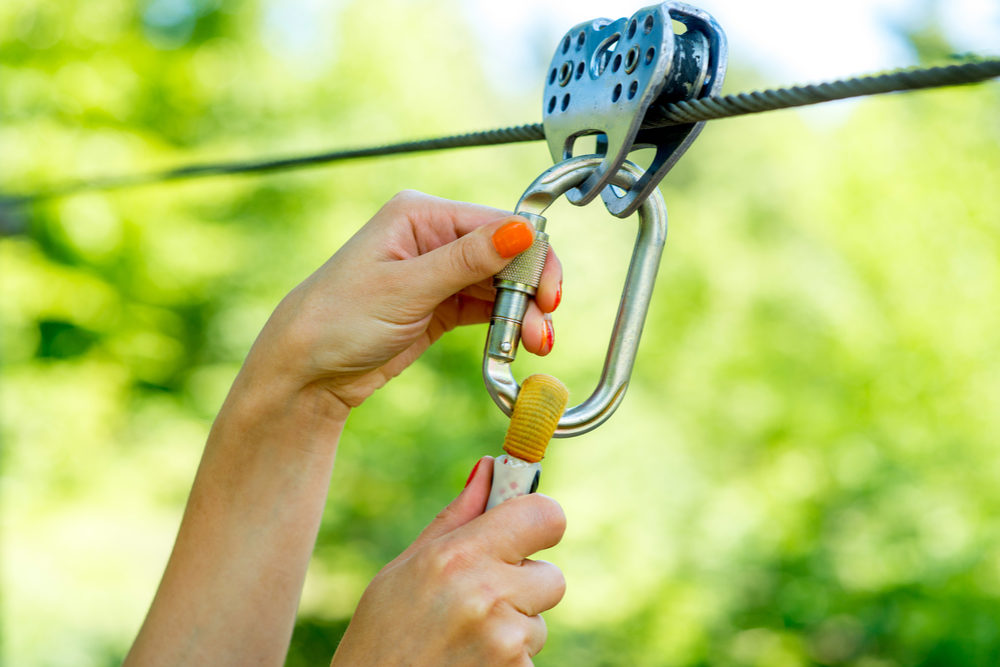Ziplining Injury Reports Posing Growing Problem: Study

New research highlights the growing problems with zip line injuries, as the activity has become an increasingly popular outdoor adventure sport.
Nearly 17,000 ziplining injuries were treated in U.S. emergency rooms between 1997 and 2012, according to the findings of a study published recently by the American Journal of Emergency Medicine.
Researchers from the Center for Injury Research and Policy at Nationwide Children’s Hospital evaluated data from the National Electronic Injury Surveillance System (NEISS), operated by the U.S. Consumer Product Safety Commission (CPSC), to study zip line related injuries.

Did You Know?
Millions of Philips CPAP Machines Recalled
Philips DreamStation, CPAP and BiPAP machines sold in recent years may pose a risk of cancer, lung damage and other injuries.
Learn MoreThe findings suggest that injuries associated with ziplining are rapidly increasing, rising nearly 56% from 2009 to 2012. The majority of the injuries involved children under the age of 10, with youth ages 10 to 19 accounting for 33% of the injuries.
Nearly 70% of the ziplining problems occurred during the last four years of the study period, which indicates a growing problem, according to the researchers. In 2012, 3,600 people were treated in U.S. emergency rooms for zip line related injuries, which amounts to nearly 10 per day. More than 90% of those injuries occurred from April through October, and the number of injuries peaked in July.
While zip line falls accounted for more than three-quarters of the injuries, collisions were also a problem. Thirteen percent of injuries involved collisions with trees or other structural objects.
The most common type of injury included broken bones, which occurred in nearly half of the incidents. Bruising accounted for 15% , strains and sprains another 15%, and concussions and closed head injuries accounted for seven percent. About 11% of patients needed to be admitted to the hospital for a zip line related injury.
“Though the rate of injuries while zip lining is relatively low, when injuries do occur they can be quite serious,” said Tracy Mehan, MA, co-author and manager of translational research for the Center for Injury Research and Policy at the Research Institute at Nationwide Children’s.
Calls For Zip Line Safety Standards
While there were not enough annual cases until 2009 to put a solid rate on the number of injuries, researchers warn that there is a big problem with ziplining emerging, leading to calls for the adoption of safety standards throughout the United States.
In 2001, only 10 commercial zip line companies existed in the U.S. By 2012, more than 200 were in business, adding in publicly accessible zip lines, the total reaches over 13,000 different zip line attractions.
Many of the injuries occurred in sport and recreation facilities, like outdoor education centers, challenge courses, canopy tours and summer camps open to the public.
Researchers also say self-regulated zip line operations are also a concern to public safety. Safety standards may vary from state to state and within states. Homemade zip line kits are also problematic and researchers warn against these types of zip lines.
“Commercial zip lines and noncommercial public-accessible zip lines should be subject to uniform safety standards in all states and jurisdictions in the US to help ensure safety,” said Dr. Gary Smith, the study’s lead author, director of the Center for Injury Research and Policy at Nationwide Children’s and professor of pediatrics at The Ohio State University College of Medicine.
“Improper installation, maintenance, or use of homemade zip lines can result in serious injuries and even death,” said Mehan.
This is the first study to examine nonfatal injuries caused by zip lines, including homemade zip lines, commercial, challenge course and canopy tours.
Researchers recommend people interested in zip lining follow these guidelines:
- Look for an organization that has well trained staff, where the zip lines meet industry safety standards.
- Follow all posted rules and instructions.
- Always wear protective safety equipment, such as a harness, helmet and gloves.
- Do not use homemade or backyard zip lines.
Get more articles like this sent directly to your inbox.
"*" indicates required fields




0 Comments